Safeway's decision to shun small screen advertising and place its faith in the good old fashioned flyer 10 million of them to trumpet its offers every week has been a resounding success. So, is TV advertising all it's cracked up to be? Steve Sayce finds out
TV advertising who needs it?
The American psychologist Steuart H Britt once wrote: "Doing business without advertising is like winking at a girl in the dark. You know what you are doing, but nobody else does."
For many retailers, TV advertising is key to marketing strategy. Even Marks & Spencer and Waitrose have bitten the bullet in recent times, companies which traditionally have relied on reputation and word of mouth to spread their message.
As retailers do battle for customers' "share of stomach", their advertising agencies fight for "share of voice" in the media.
Retailers spend millions developing clever, eye-catching campaigns, and then fork out again for prime TV ad slots.
Jamie Oliver and his trusty scooter emphasise the quality of Sainsbury's fresh food offer to the Big Brother generation.
Prunella Scales hams it up with sidekick Jane Horrocks to underline Tesco's price and service initiatives.
And who could forget the "derriere-slapping" of the Asda adverts? This simple technique conveys a powerful message and is ingrained in the nation's consciousness.
Big TV campaigns are not confined to the leading four. For example the Co-operative Group has invested heavily with Aardman Animations, creators of the loveable Wallace & Gromit.
The result has been Andy & Karen, the "busy bees", and Colin & Jane with their family of sheep. This witty campaign communicates the Co-op convenience and value offer in an appealing way.
However, of the leading multiples, Safeway is rather different. Remember Harry and Molly, the talkative toddlers who shot straight to the top of the advertising recall charts? They have been pensioned-off in favour of a much different line of marketing attack.
Safeway has not advertised on television for more than 12 months. Less cuddly guerrilla tactics have taken its place. Safeway has developed a glossy flyer which promotes the locally-based price-cutting campaign dubbed "Gonzales". Distributing the flyer to more than 10 million households every week by hand has been a challenging task but has provided the reach that advertising agencies dream of. And it has delivered. Six consecutive quarters of like-for-like growth above 5%, and a million extra customers a week later, Safeway sees no reason to change from this low-tech but successful marketing strategy.
Safeway now hopes that its stores will do the talking for them. The state-of-the-art formats at St Katharine Docks and Woking are being rolled out across the country. Now Safeway has attracted these customers, it is determined to keep them with its focus on fresh foods and plush store environments.
IGD's Grocery Retailing 2001, published in August, provides detailed information on retailers' strategies and predictions for the future. Certainly for advertising, the future spells diversity.
New technology is providing more communication channels via e-mail, the Web, mobile phones and a proliferation of TV channels. These will grow alongside the more traditional methods of press, billboards and direct mail. Grand TV campaigns will be with us for some time to come. However, to use Britt's analogy, Safeway's example proves that you don't need small-screen razzmatazz and big stars for that girl to smile back at you.
{{LEADING EDGE }}
Close menu
- Home
- Buying & Supplying
- Stores
- Channels
- Finance
- People
- Reports
- Events
- Jobs
- Subscribe now
Sign in to comment on this article
Not logged in before? Register for FREE guest access today.
You will be able to:
- Read more stories
- Receive daily newsletters
- Comment on stories
Advert






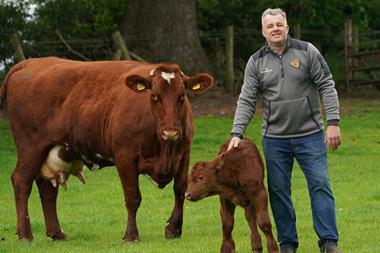

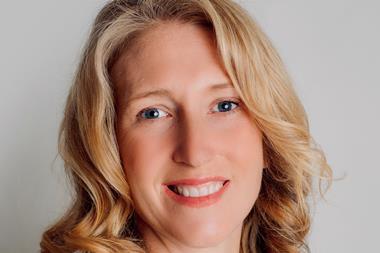
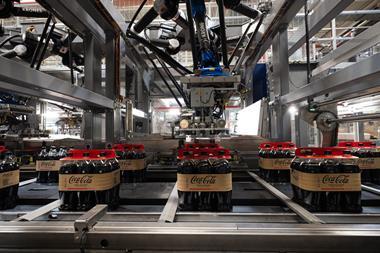
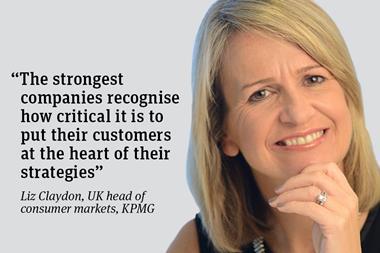



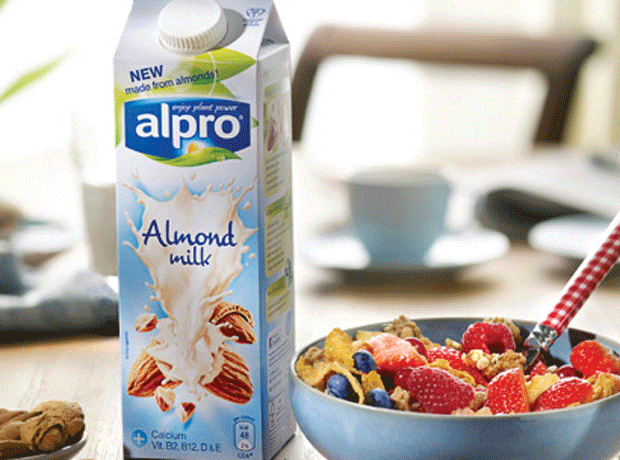
No comments yet